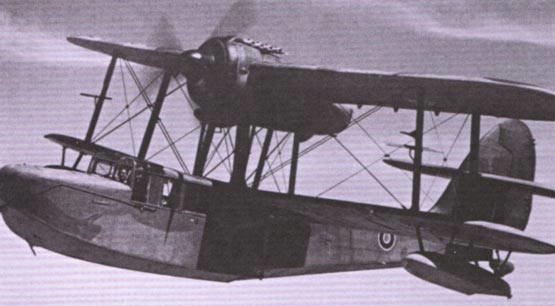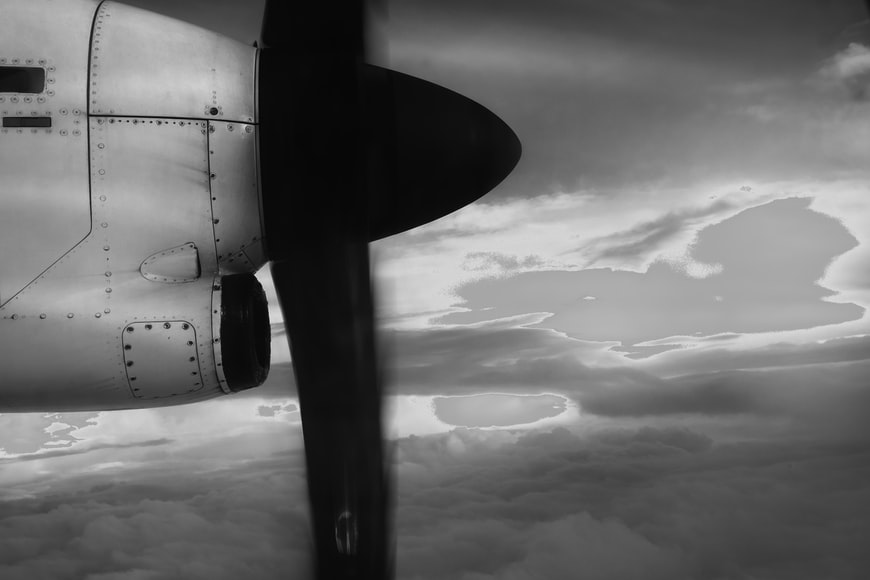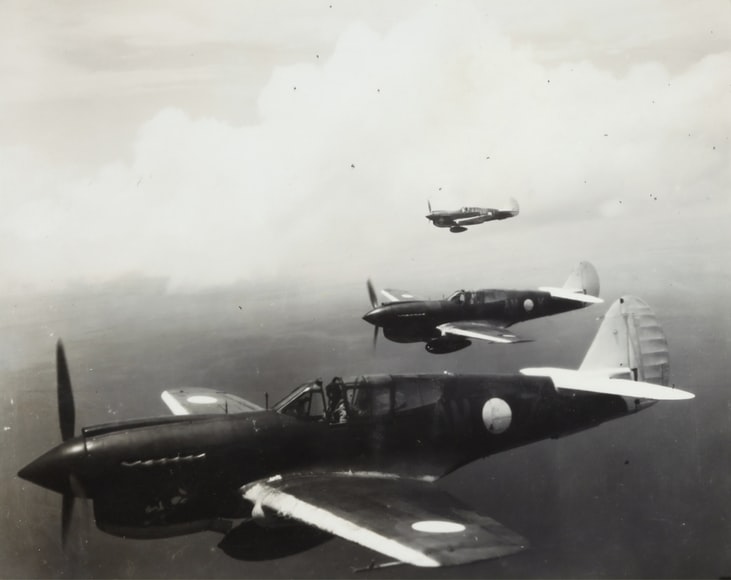The Supermarine Sea Otter was a British designed biplane amphibian intended to replace the once venerable Supermarine Warlus in the Royal Air Force reconnaissance and search and rescue missions. It had the distinctions of being the last biplane flying boat to achieve front line service in Great Britain armed forces.
The Otter was a result of an Air Ministry’s specification request codenamed S.7-38 (Stingray). There was a considerable effort placed on the development of Project Stingray’s power plant. The original S.78-38 called for a Bristol Perseus XI engine configuration with a two bladed propeller arrangement. The Bristol Perseus configuration did not gave the platform the necessary thrust. A new arrangement was develop with a four blade propeller mechanism set at an angle of 35 degrees. A sharp departure from the frequently use 90 degree sets.
The first prototype, unit K8854, took to the air for its maiden flight on the morning of September 23rd 1938. Designed to take the place of the 1933-designed Warlus, the Otter differed from its predecessor in many characteristics. Most noticeable was its engine tractor configuration. The Warlus utilized a pusher system. The new aircraft was also faster, could fly farther and handled better in the water that its predecessor.
Production was carried out by the front runner of British flying boats designs, Saunders Roe who acted as the only subcontractors to the Otter project. By the spring of 1939, the Royal Air Force (RAF) and much of the British air industry was gear up to produce badly needed fighters and bombers, so the production of the Otter was delayed by almost three full years.
The first production Otter was delivered to the RAY on January 1943. The original Air Ministry order was for 592 aircrafts, but due to the tardiness of production and the end of World War II, only 290 were ever built. Production ran well into 1946 (July) before the halt order arrived.
The first operational Sea Otters were assigned to the RAF No. 277 Squadron. The Royal Navy (RN) also got into the act and acquired a number of Otters for costal recon operations. During WW II, Otters fielded nine RAF squadrons: No. 277, 278, 279, 281, 282, 292, No. 1350 Flight, 1351 and 1352. Other countries also operated the Otter. The Royal Australian Navy utilized the type to patrol the vastness of the Coral Sea. The Royal Danish Air Force, the Duct Naval Aviation Services and the French Colonial Service on Indochina; also employed the biplane.
After the Second World War was over, the RAF and RV promptly retired the Otter from front lien service. This did not mean that the plane was useless. The RN Fleet Air Arm units remained in service until the spring of 1952.
Two versions of the Otter were produced, the Mk I and II. The amphibious Mk I carried bombs and depth charges while the Mk II was employ only as an air rescue platform. Of the 290 Otter built, only 40 were of the Mk II variety.
Today, only a nose section of a Royal Australian Navy Otter remains. Currently the section sits on permanent display at an Australian Naval Museum.
| Power Plant | One Bristol Mercury 855hp radial piston engine |
| Wingspan | 14.02m |
| Length | 11.94m |
| Height | 4.93m |
| Total wing area | 56.67m square |
| Maximum Takeoff weight | 4,912kg |
| Top Ceiling | 4,877m |
| Operational Range | 1,167m |
| Climb Rate | 265m per minute |


